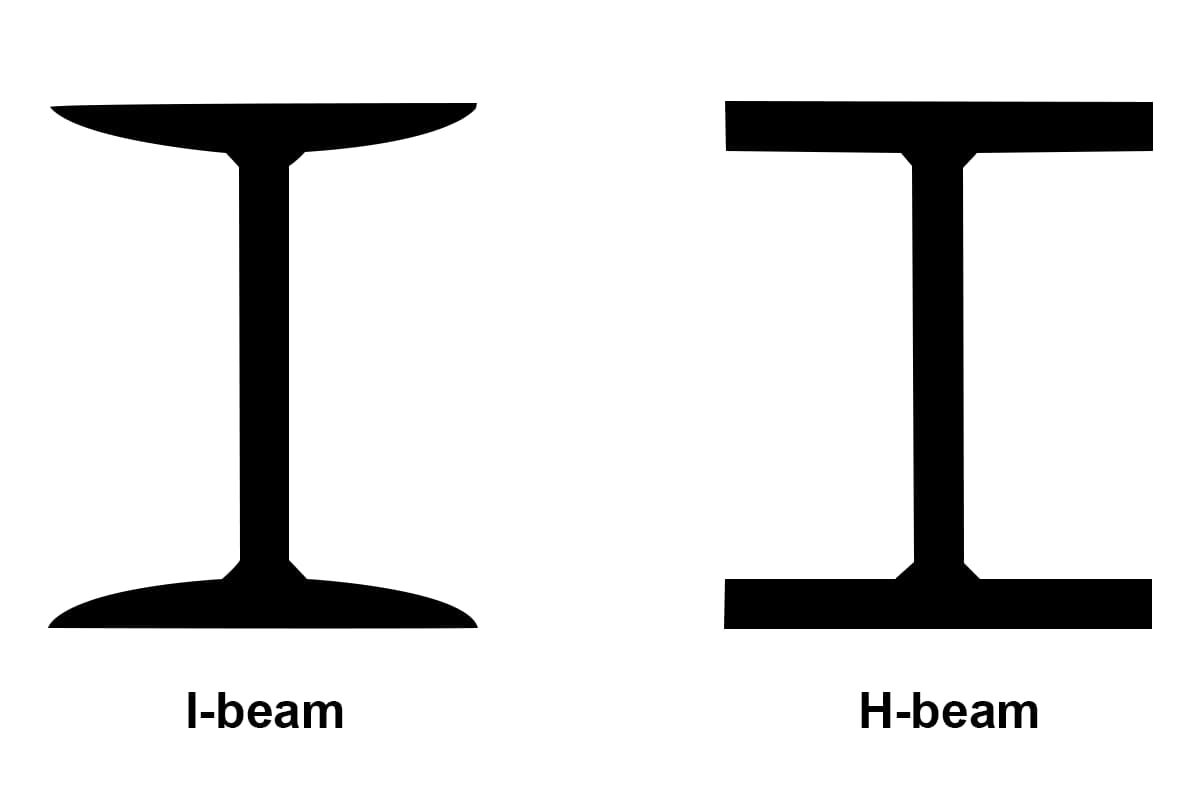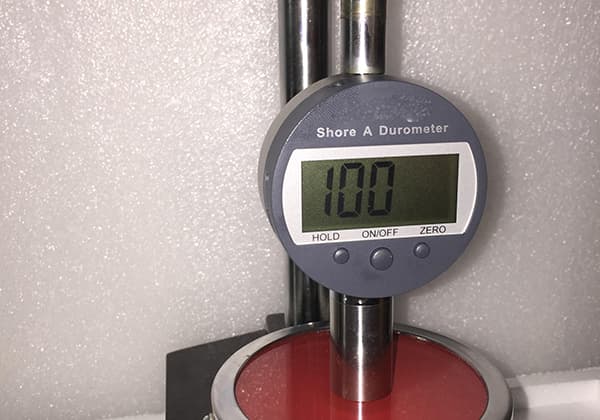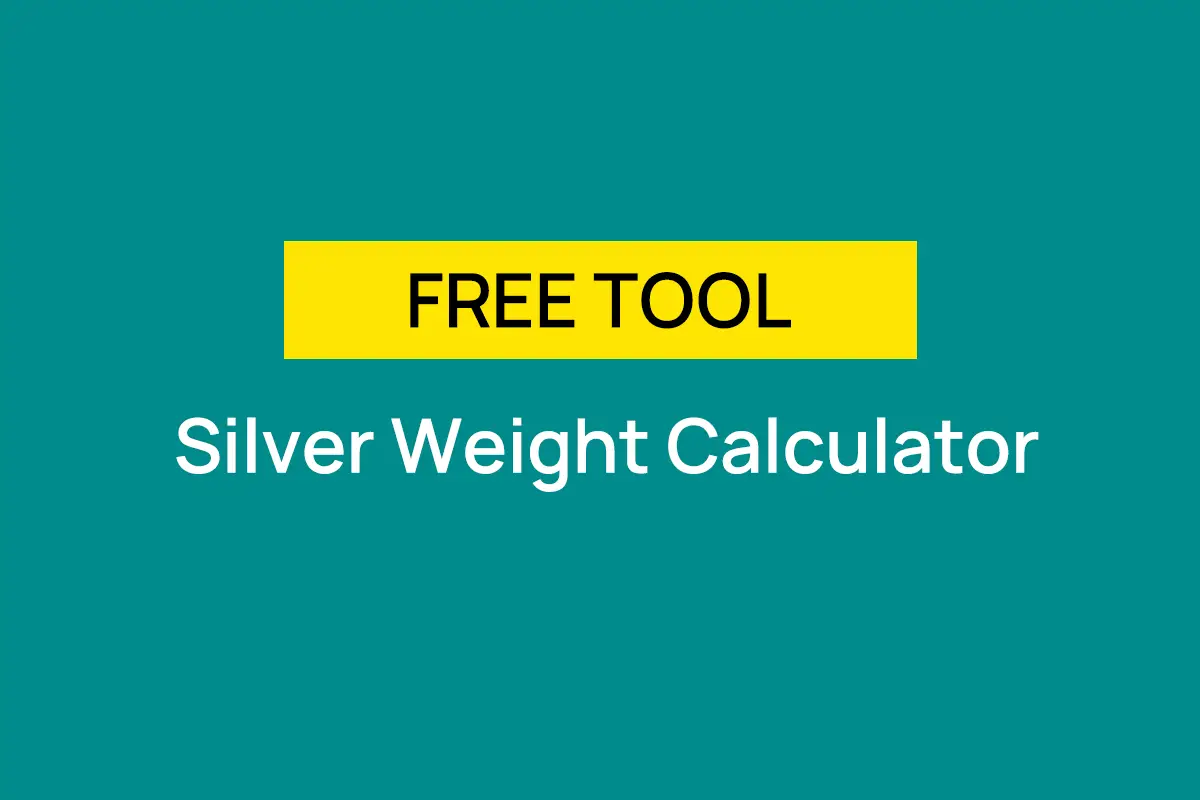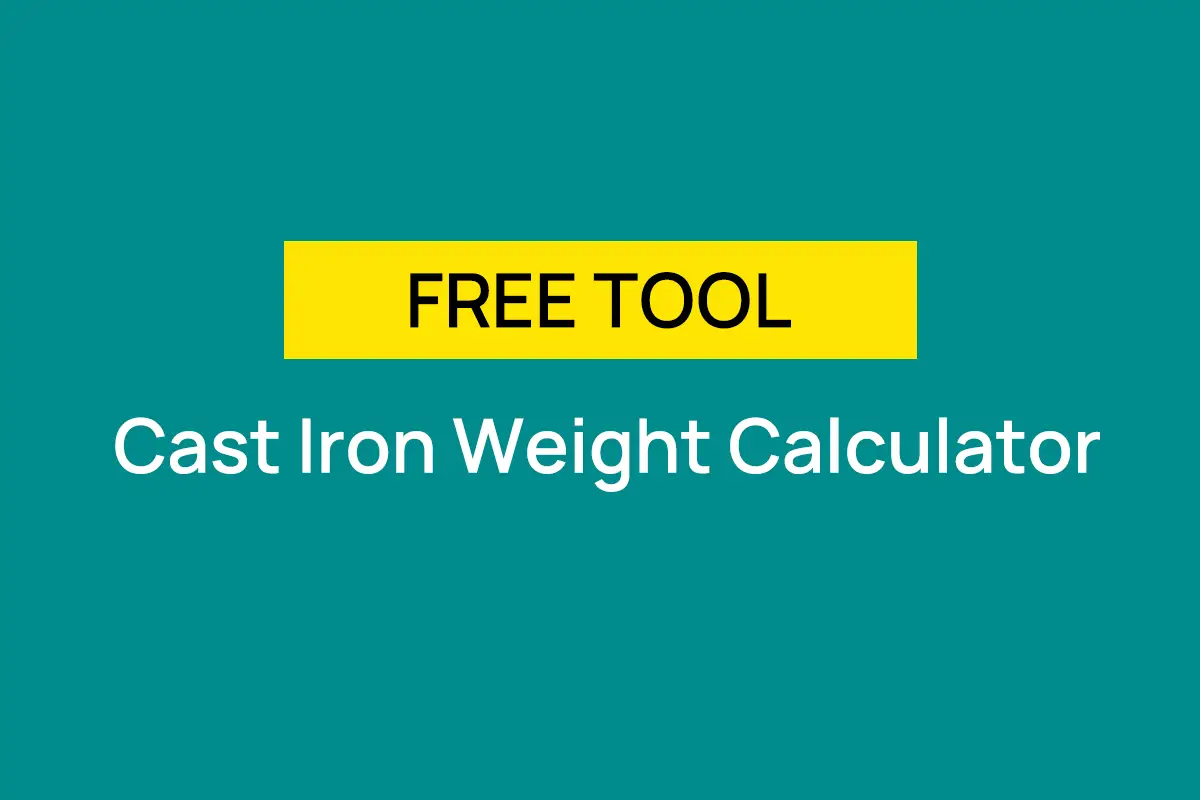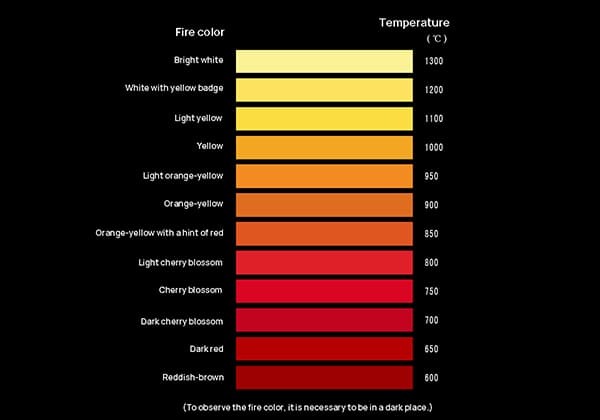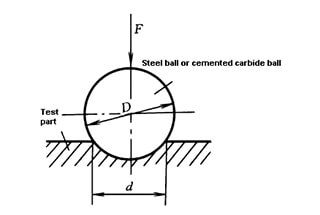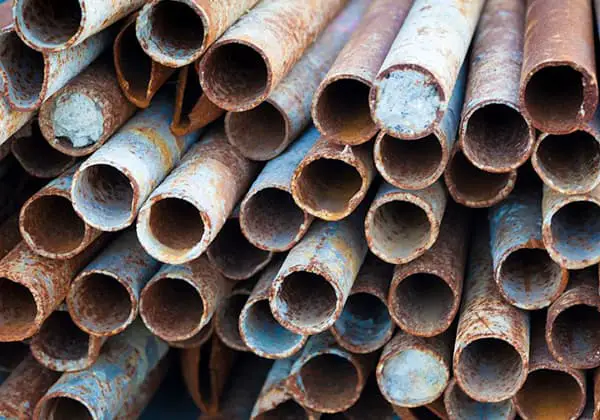
What distinguishes Q345A from Q345B, Q345C, Q345D, and Q345E steels? This blog dives into the specifics, highlighting the varying impact temperatures and chemical compositions that set each grade apart. Whether you’re working on buildings, bridges, or pressure vessels, understanding these differences is crucial. By reading this article, you’ll gain insights into the properties and applications of each Q345 steel grade, ensuring you select the right material for your structural needs.

Today we’ll discuss the differences in characteristics between Q345A, Q345B, Q345C, Q345D, and Q345E steel materials.
Q345 refers to a type of steel material. It’s a low alloy steel (C<0.2%), extensively used in structures such as buildings, bridges, vehicles, ships, and pressure vessels.
The ‘Q’ represents the yield strength of this material, with the number 345 indicating a yield value of around 345MPa. This yield value decreases as the material thickness increases.

Q345 offers good overall mechanical properties, decent low-temperature performance, and excellent plasticity and weldability.
It is used in mid to low-pressure vessels, oil tanks, vehicles, cranes, mining machinery, power stations, bridges, and other structures designed to bear dynamic loads, mechanical parts, building structures, and general metal structural components.
It can be used in hot-rolled or normalized conditions and is suitable for various structures in cold regions below -40°C.
Q345 can be divided into grades Q345A, Q345B, Q345C, Q345D, and Q345E, each representing a different impact temperature:
Different impact temperatures will result in different impact values.
Q345 steel was developed as a replacement for multiple types of steel, including 12MnV, 14MnNb, 18Nb, 16MnRE, 16Mn, and more, not just 16Mn steel. The chemical composition of 16Mn and Q345 is not exactly the same.
Of greater significance is the difference in thickness grouping dimensions according to different yield strengths, which will inevitably cause changes in the allowable stress of certain thickness materials.
Thus, it’s unsuitable to simply apply the allowable stress of 16Mn steel to Q345 steel; instead, the allowable stress should be redetermined based on the new steel material thickness grouping dimensions.
The main constituent elements of Q345 steel are essentially the same as those of 16Mn steel. The difference is the addition of V, Ti, Nb alloy elements. These elements refine the grain, greatly enhance the steel’s toughness, and substantially improve the steel’s overall mechanical properties.
This is why Q345 steel can have greater thickness. Therefore, the overall mechanical performance of Q345 steel should be better than that of 16Mn steel, especially its low-temperature performance, which 16Mn steel lacks. The allowable stress of Q345 steel is slightly higher than that of 16Mn steel.
Compared to Q345A, B, C steel, Q345D steel has a lower test temperature for low-temperature impact work, better performance, and lower amounts of harmful substances P and S. However, its market price is higher.
Q345D definition:
① Composed of Q + number + quality grade symbol + deoxidation method symbol.
Its steel number is prefixed with “Q”, representing the yield point of the steel, and the following number indicates the yield point value, in MPa. For example, Q235 indicates carbon structural steel with a yield point (σs) of 235 MPa.
② If necessary, the steel number can be followed by symbols indicating the quality grade and deoxidation method. Quality grade symbols are A, B, C, and D.
Deoxidation method symbols:
Killed steel does not need to be marked, i.e., Z and TZ both do not need to be marked. For example, Q235-AF represents grade A boiling steel.
③ Carbon steels for special uses, such as bridge steel or marine steel, basically adopt the expression method of carbon structural steel, but the steel number ends with a letter indicating the use.

